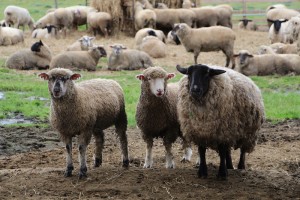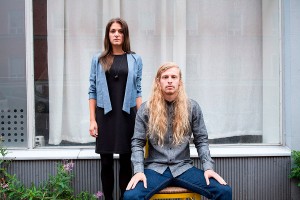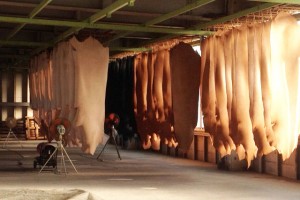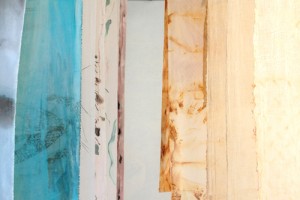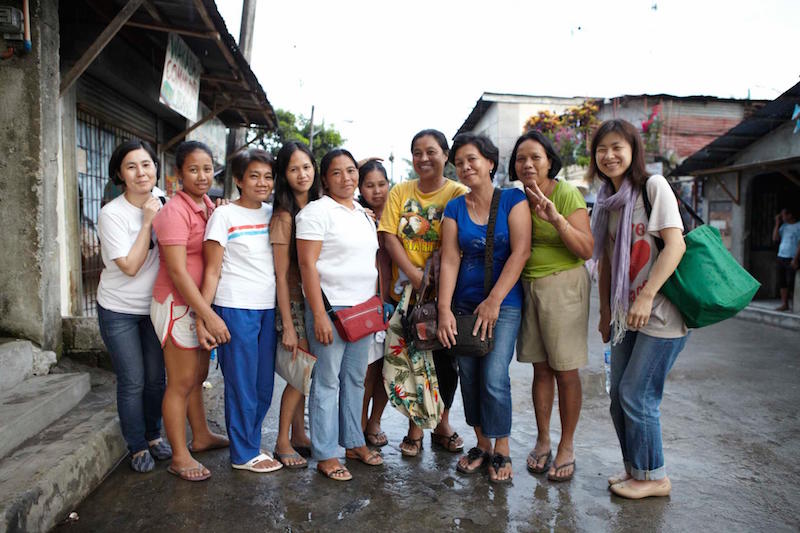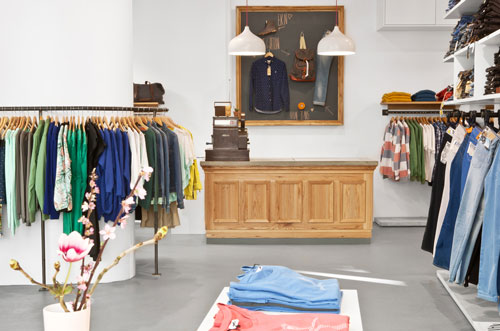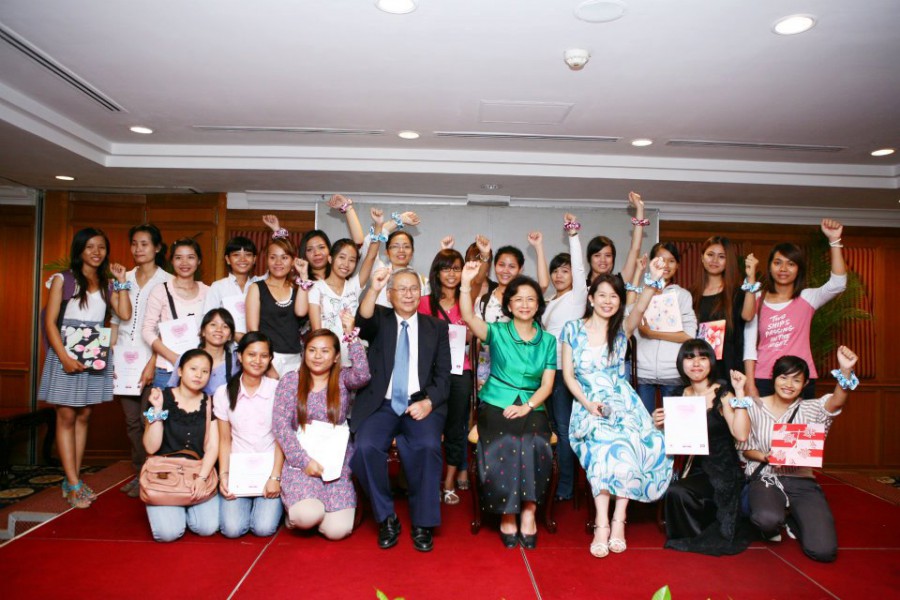It was life-changing moment for two Dutch guys to see Nepalese women who wash their clothes with the shells of fruit on TV; the women were using the shells of Chinese soapberry (Sapindus mukorossi) fruits for laundry.
The trees grow in Taiwan, southern China, the Himalayas, northern India, and western Japan. Their shells, by themselves, can be used as detergent.
The Dutch guys, Melvin Loggies and Jasper Gabriëlse, were inspired by the Nepalese women and started research at once. They searched for suppliers and met their current local partner, Hari.
So, Seepje began sales in January 2014, and now they have 250 shops and 7 types of product.
We interviewed Lennard, who is an old friend of the founders of Seepje and now one of the brand’s staff members.
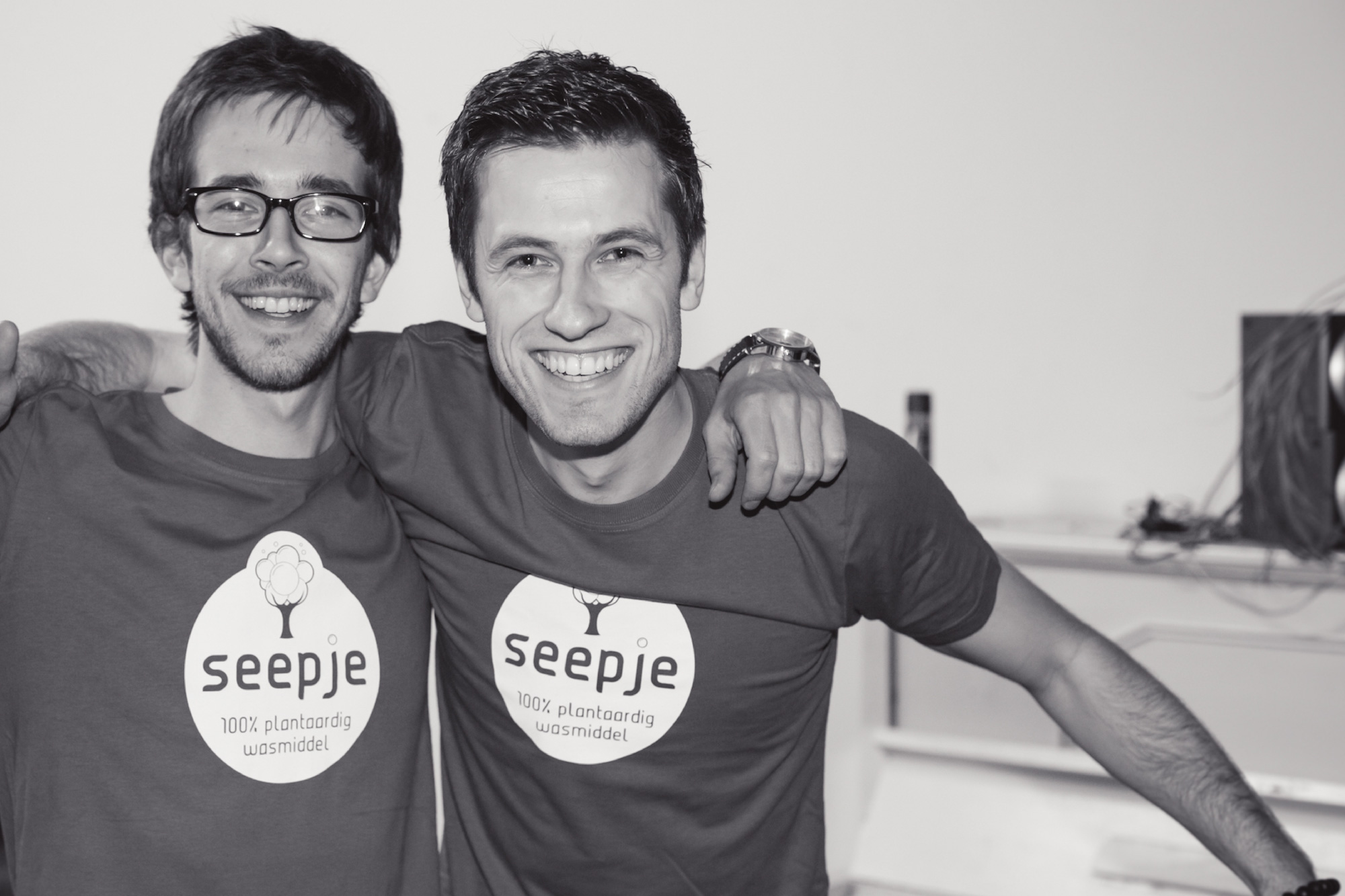
Founders of Seepje, Melvin Loggies and Jasper Gabriëlse.
―― Could you tell us how to use the shells?
It’s simple. Put four shells of Chinese soapberry into a cotton laundry bag. Throw this in the washing machine together with your clothes. You don’t have to take them out while washing. You can use the same shells three times in total.
They release natural soap very slowly when in touch with water. While doing laundry by hand you have to make some movement in the water, so soap will be released. Soap is released faster when the water is warm. You can wash wool and silk clothes as well.
When using our liquid detergent, you should take 40 milliliters (one dosing cap) and put it into the washing machine. We offer four different natural liquid detergents. Two pleasant scents for colored laundry and two for white laundry.
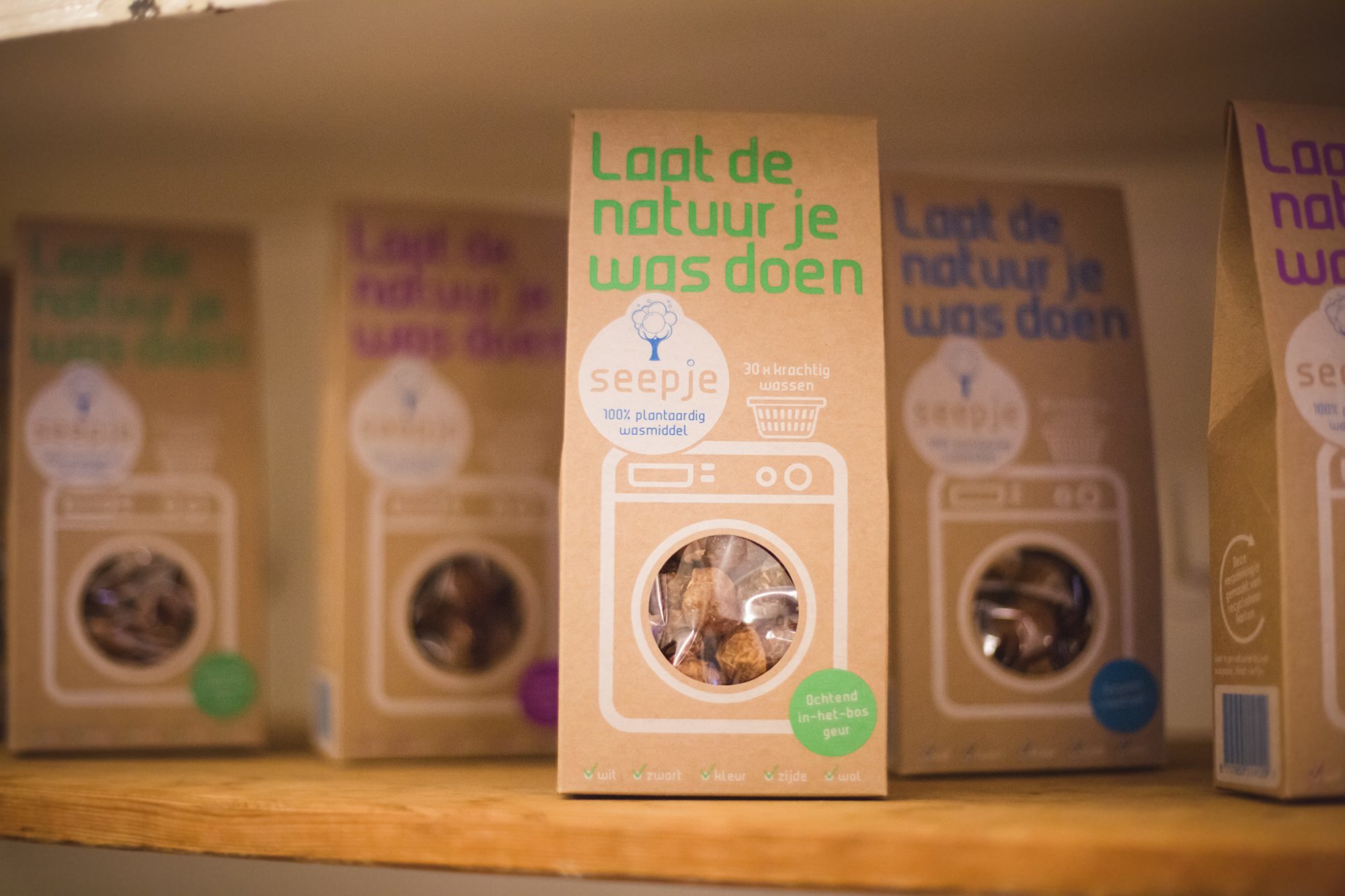
―― Please let us know more about Chinese soapberry trees.
Chinese soapberry trees can live up to 90 years, and become 25 meters high. In seven years they start to produce Chinese soapberry fruits, which are ready for harvest each year between October and December.
The shells contain saponin, which is natural form of surfactant. They are used for doing laundry, mostly by local communities in Nepal. They squeeze the shells together and by adding water after putting them in a cloth, they create natural soap. With that they wash their clothes, and even their hair and bodies!
The fruits themselves are also used to treat skin problems, or to get rid of head lice for example. As they are non-edible, people dry them to make jewelry.
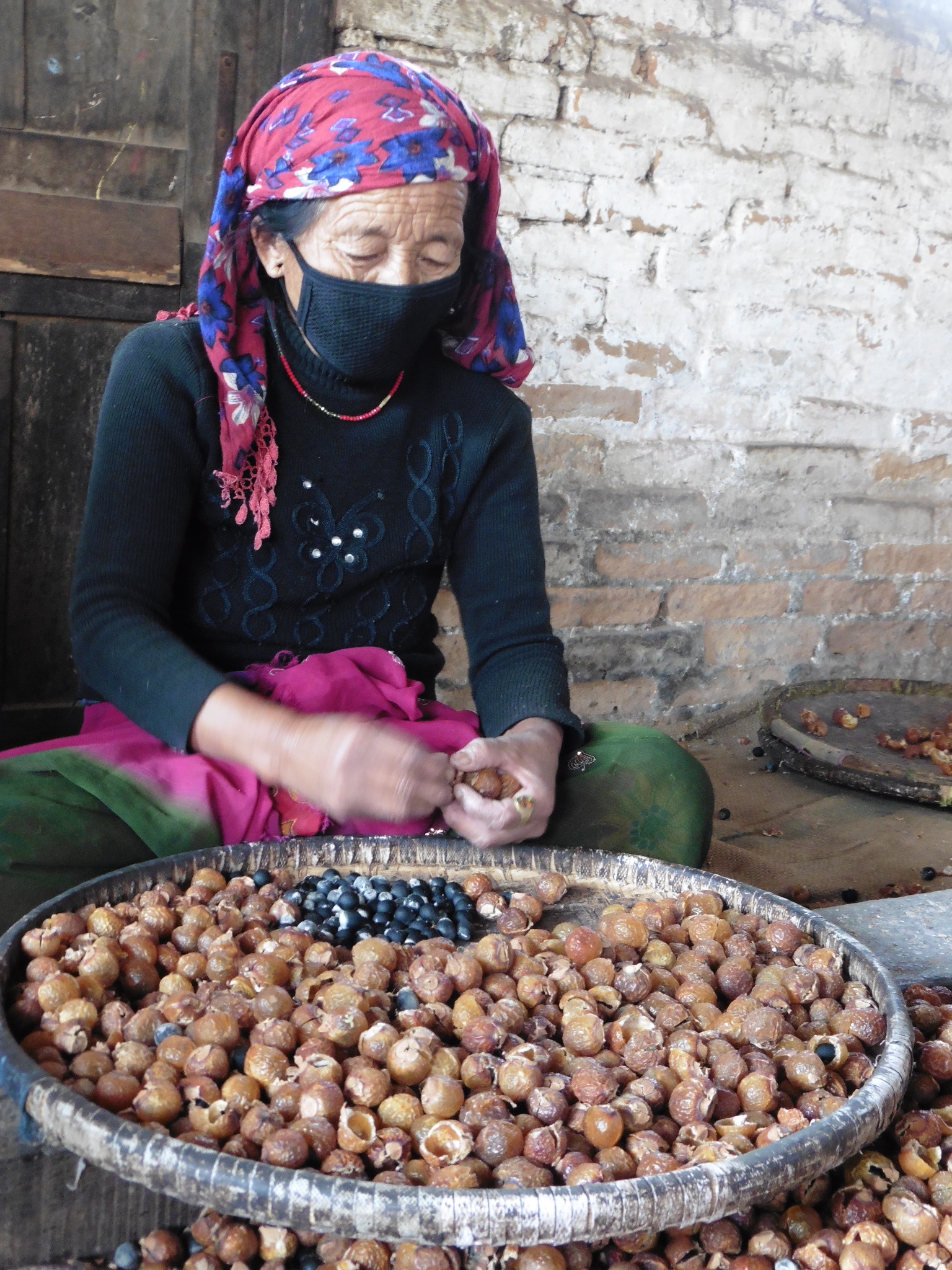
Nepalise women working with Chinese soapberry fruits.
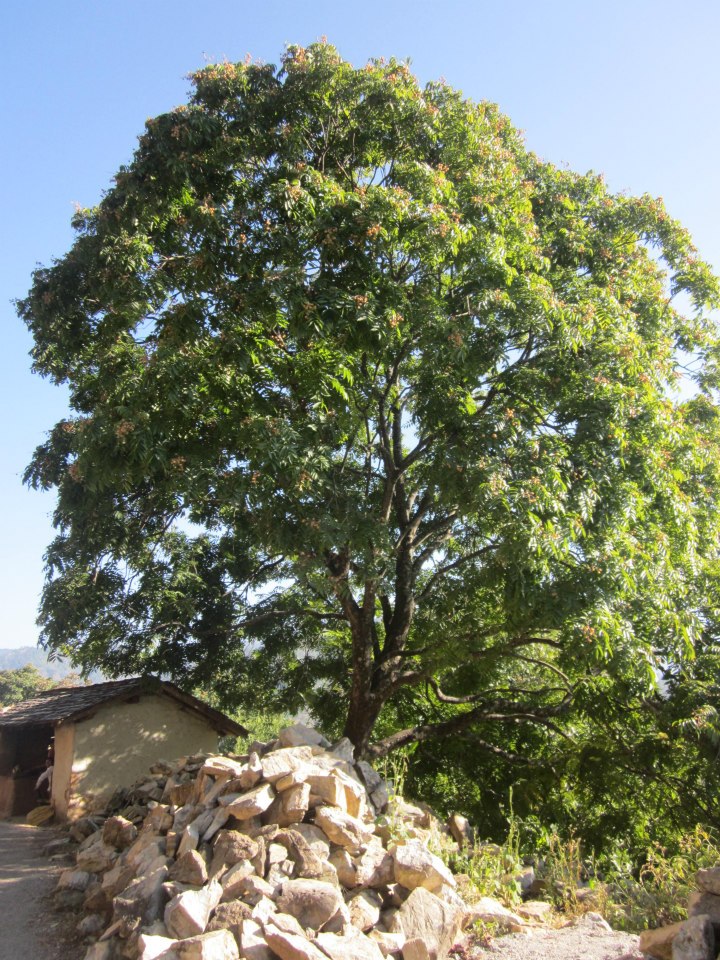
Chinese Soapberry tree
―― How do they make the soap in Nepal?
By harvesting wild Chinese soapberry fruits in certain areas in Nepal. We make sure the community receives a fair price for the harvested fruits.
Then our so-called “shell farmer” Hari takes the fruits to Kathmandu, where his employees separate them from the shells.
We know the 32 people working for Hari in Nepal and together we are making strong efforts to improve the working and living conditions of Nepalese people. For example, we have written a business plan together. We conduct safety training and have made documents of workers’ data, accidents, salary payments, and so on. These improvements are very important for long term goals such as equality, fair chances, and a higher standard of so-called “livable wages.”
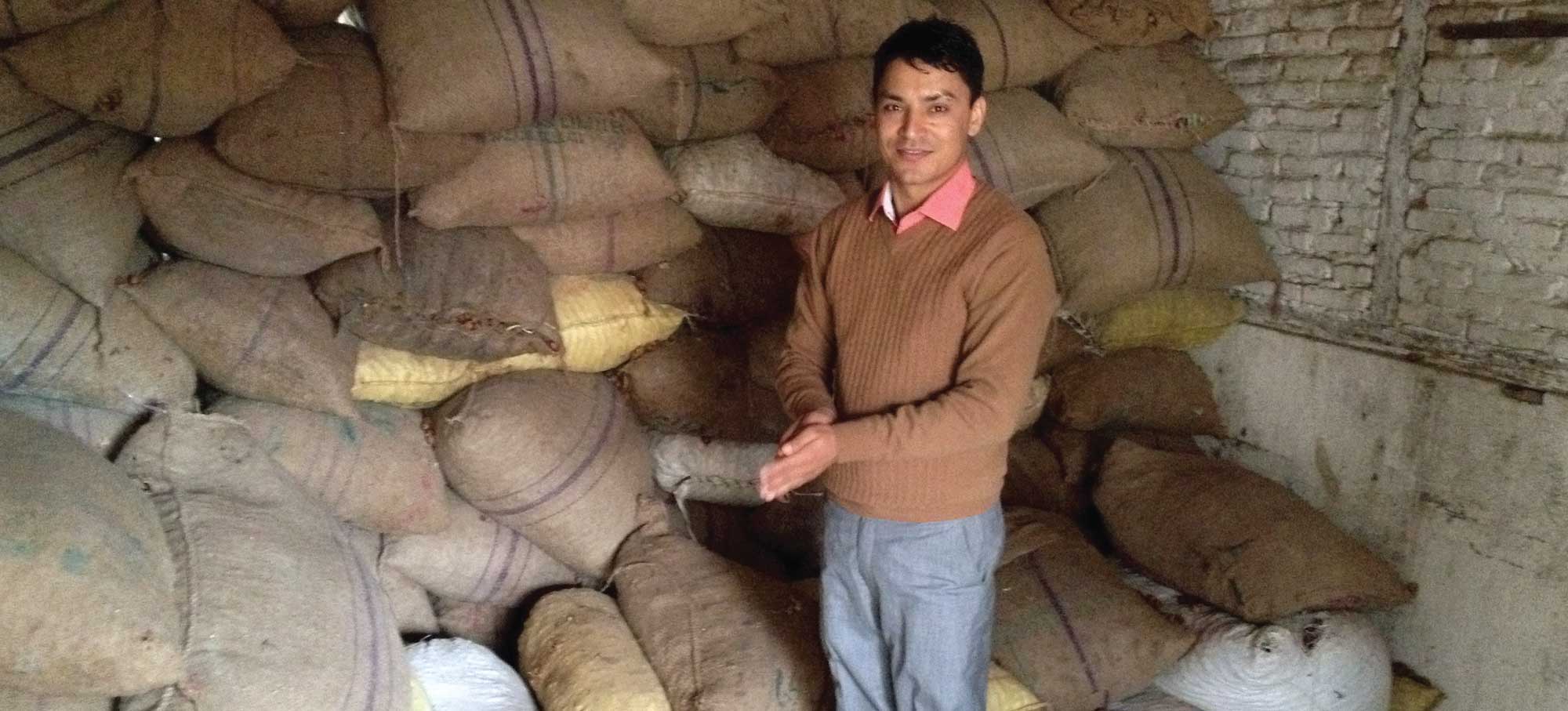
“shell farmer” Hari from Nepal
―― Why fair trade?
Trading in a fair way is something everyone should do. That is (or should be, at least) the essence of trading.
We are not focused on minimizing our negative impact, but on creating a positive impact. This vision refers to all of our partners from all over the world, to our customers and to the environment.
Hari, our Nepalese shell farmer, was already active! So when we found him and learned that he was already harvesting the shells ecologically and wanting to further improve working and living conditions in Nepal, we knew we had found the right person to work with.
―― What was the greatest hardship in your business?
We were all students before and during the start of Seepje. So we were not only starting a company but also working on our studies, which was a very busy combination.
In recent years, I think the most difficult thing was to create liquid Seepjes. We had a very high standard in mind in terms of quality and packaging. It eventually worked out great, but it took us way more time than expected to come up with a formula based only on renewable ingredients and great recyclable packaging.
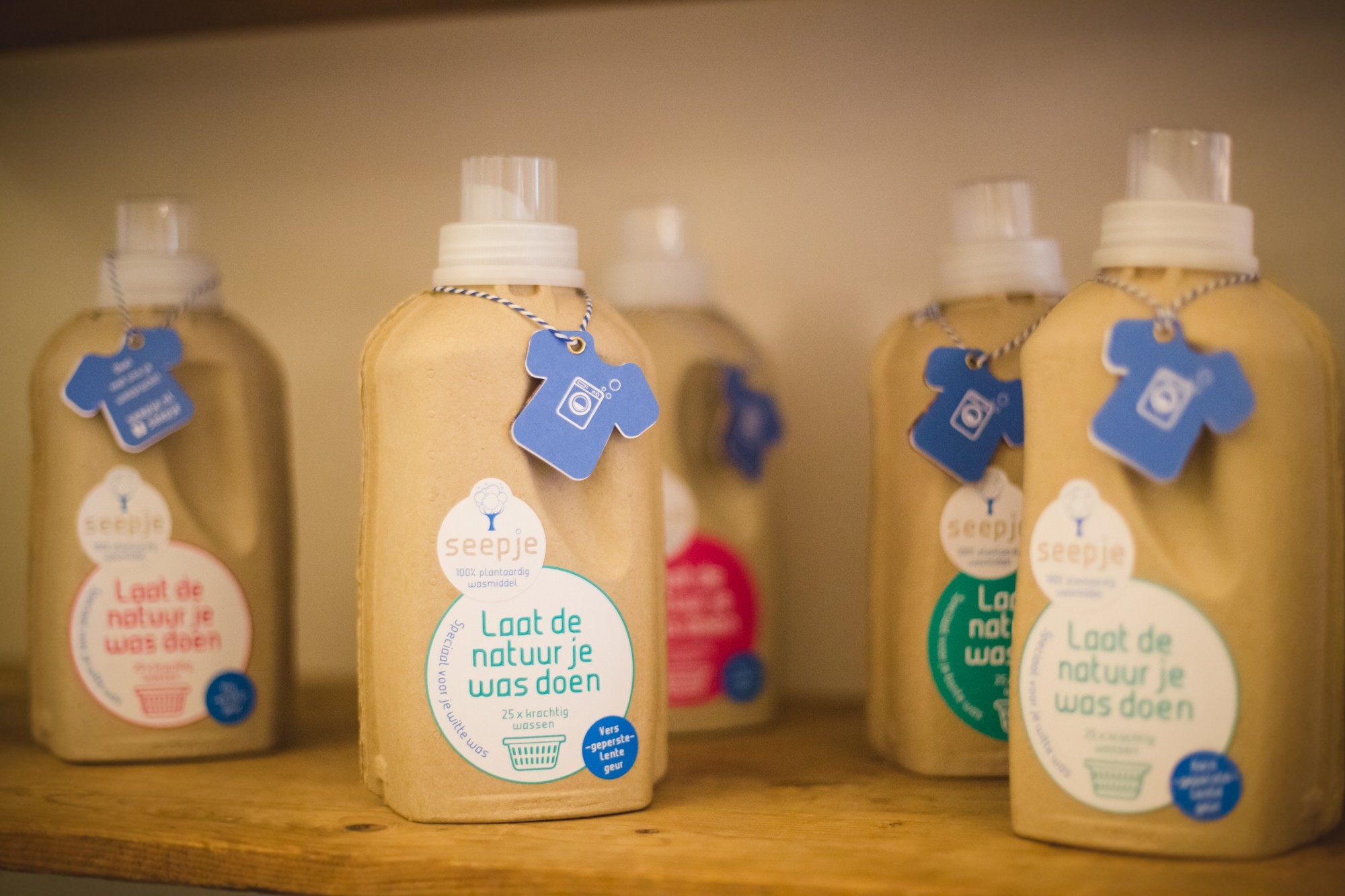
―― What does Seepje mean?
In Dutch the word for soap is zeep. We wanted something very pure and simple that resembles this word zeep.
The -je at the end is a common thing in Dutch, to make something more likable. Seepje almost literally means soap.
―― Finally, what is your next challenge?
We are planning to expand to Belgium and Germany. The more people do their laundry with Seepje, the more positive the impact we can create in Nepal. Have a great time washing!
(Composition by Akiko Ishige)




